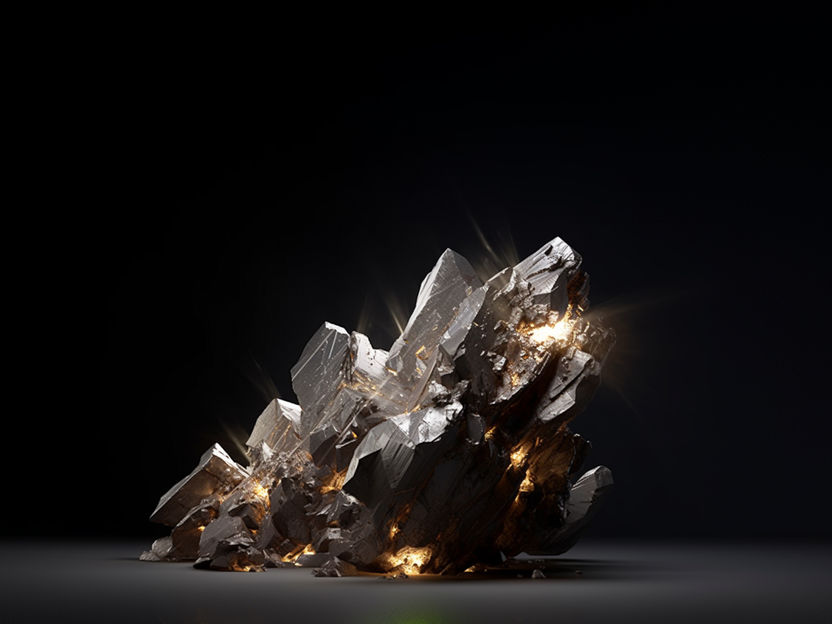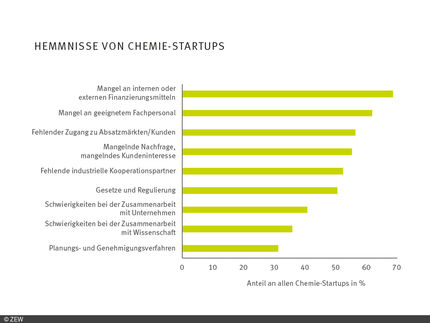A circular economy for rare-earth elements: How could it work?
Only about 1% of REEs are recycled
Rare-earth elements (REEs) are found in smartphones, camera lenses, plasma screens, hard drives and even artificial joints. They play an essential role in the production of clean energy and thus in climate protection, for example as a component of energy-saving light bulbs, solar cells, wind turbines or electric motors. On the world market, the battle for these valuable resources is already in full swing. In a commentary for the scientific journal Nature, three researchers from Germany, China and the USA point out new ways in which a global circular economy for REEs could be set in motion despite geopolitical crises. Professor Raimund Bleischwitz, a circular economy expert at the Leibniz Centre for Tropical Marine Research (ZMT) in Bremen, is one of the authors. He says: “In order to meet the increasing demand without harming the environment, the entire REE industry needs to be rethought.”

Symbolic image
Computer-generated image
The demand for rare-earth metals has been rising for years. According to forecasts, global use of these elements will probably increase fivefold – from about 60,000 tonnes in 2005 to 315,000 tonnes in 2030. If the energy transition is to succeed, REEs are needed – for example, about 170 kilograms of the REEs are required to generate one megawatt of wind-powered energy.
At the same time, REEs are not freely available. More than half (56%) of the world's reserves and over three quarters (76%) of production are controlled by the three major powers China, the USA and Russia.
Green industries in the United States and Europe are facing shortages of these important materials as they forgo Chinese and Russian exports. The US and EU have classified REEs as critical raw materials. In the competition for these resources, even the ocean floor is now coming into focus, as seen in the current negotiations on deep-sea mining.
“There is a geopolitical race for control of REEs. Countries are trying to squeeze each other out,” says Prof. Dr Raimund Bleischwitz of ZMT. “The REE market is currently a zero-sum game, where gains for one nation mean losses for another, with no benefit for the general public.”
Many countries promote the search for rare earths and mining in their own countries while at the same time restricting export opportunities, Bleischwitz says.
Moreover, the processing of REEs is increasingly damaging to the environment as the value chain consumes large amounts of energy and water and releases pollutants and carbon emissions. “According to a US study, refining one tonne of REE oxide can produce not only 1.4 tonnes of radioactive waste, but also 2,000 tonnes of waste material and 1,000 tonnes of wastewater containing heavy metals,” Bleischwitz reports.
Only about 1% of REEs are recycled
Meanwhile, only about 1% of REEs are currently recycled, as there are no policies or programmes anywhere in the world for recycling REEs from products. Many devices that contain REEs in relatively high concentrations, such as batteries in electric cars and magnets in wind turbines, are still in use and years away from being retired.
Together with renowned colleagues from China and the USA, Raimund Bleischwitz, an expert in circular economy at ZMT, has now come up with ideas how to fuel the global REE recycling thus possibly taking the heat out of the geopolitical race and conserving resources.
In their article for the journal Nature, the scientists show concrete examples of implementation, weigh the pros and cons and make a case for investment in research and innovative recycling technologies. Bleischwitz and his colleagues identify three overarching options for action and describe detailed measures for which they see politicians and governments worldwide in a role to act.
“Circular economy policies and practices can overcome the zero-sum mentality,” Bleischwitz says. “Agreement on such issues, for example at the next G20 meeting in New Delhi in September, could revitalise international trade and expand global partnerships for the energy transition,” the expert continues.
“Low- and middle-income countries could also gain access to REEs in this way to accelerate their energy transition. We need to stop illegal mining and trade, which often enough takes place in the Global South. An important incentive for better circular economy, also for critical materials like rare earths, would also be a moratorium on deep-sea mining,” Bleischwitz demands.
Overview of some of the recommendations for action and measures described
1. Boost REE recycling globally by...
- ...governments introducing mandatory take-back schemes for products with high rare earth content and establishing licensed recycling companies.
- ...setting binding quotas for the share of recovered REEs.
- ...governments also agreeing on a global standard for product labelling so that manufacturers and others can better understand the types and quantities of REEs in products.
2. Recover and trace REEs by investing...
- ...in systems and technologies for REE traceability, product collection, automation of dismantling technologies and REE separation and recovery, including and especially in green port developments.
- ...in public-private partnerships that could raise funds to recycle REEs from products such as permanent magnets from hard disk drives, motors from wind turbines and electric vehicles, loudspeakers, magnetic resonance imaging scanners and satellite communications equipment.
- ... in infrastructure to track the quantities of REEs at the individual product level, which would promote secondary markets and the circular economy in the long term.
3. Rework REE supply chains by...
- ...redesigning business models and supply chains, up to and including traceability systems that enable the leasing of rare earth minerals.
- ...developing recycling infrastructures, finance, platforms, traceability and information sharing standards.
- ...creating a global data platform for secondary mat






























































